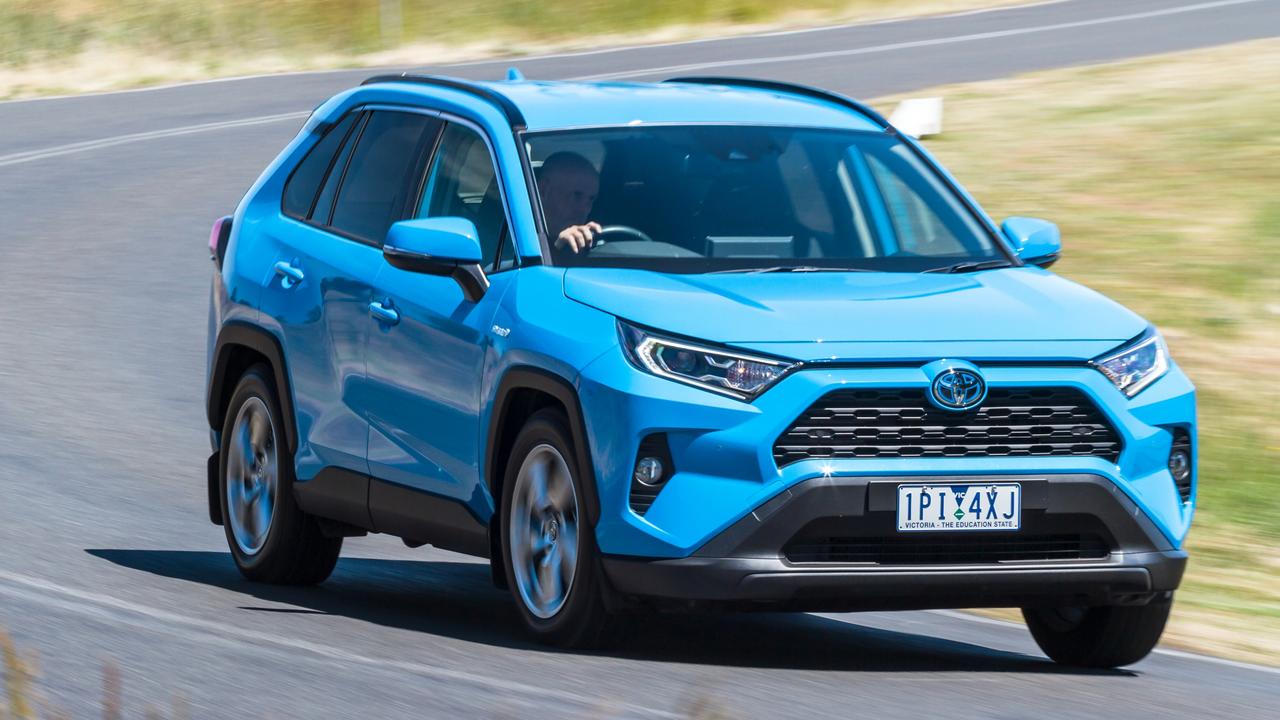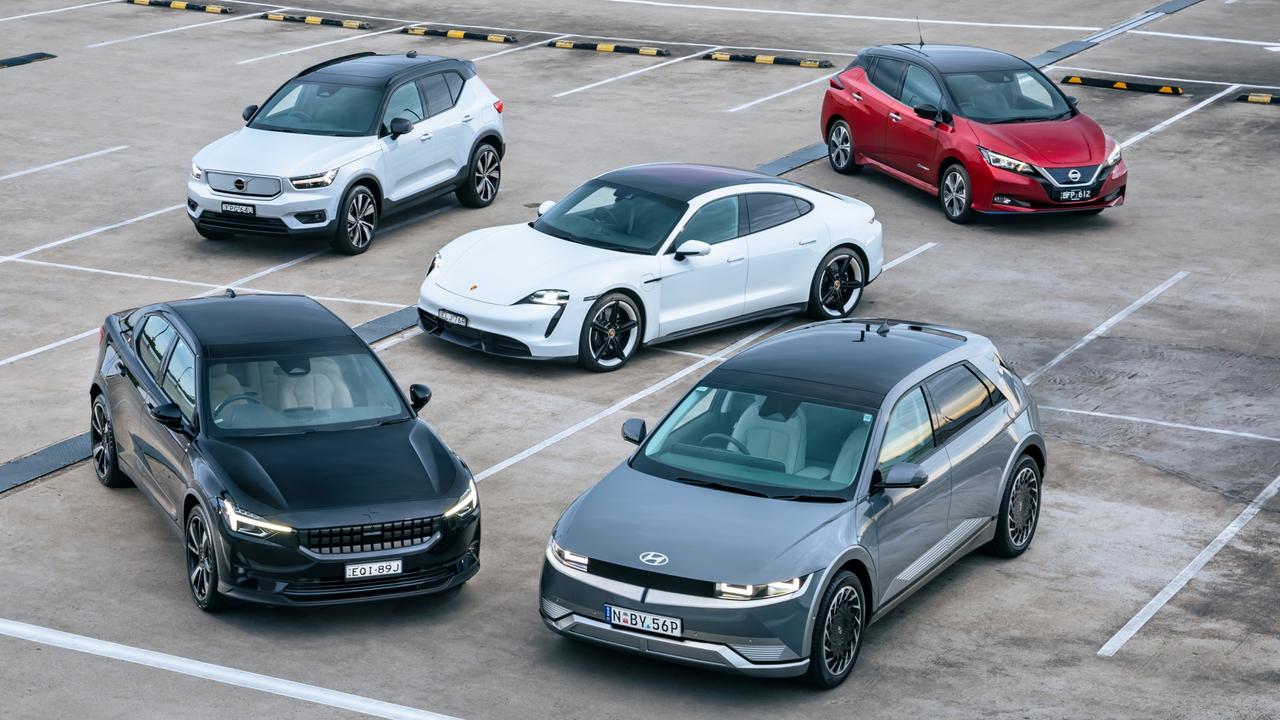Car industry divided over plan for CO2 emissions target
An ugly squabble is brewing among vehicle manufacturers as pressure builds on the government to introduce an enforceable CO2 emissions target.

Motoring News
Don't miss out on the headlines from Motoring News. Followed categories will be added to My News.
COMMENT
The gloves are off in the car industry.
For years, executives have had a convenient scapegoat for the slow progress of EV adoption in this country.
They blamed the Morrison government, arguing that Australia had become a “dumping ground” for inefficient vehicles because it had refused to introduce a mandated C02 emissions target.
Head offices wouldn’t allocate EVs to the Australian market because they had earmarked them for regions with tougher emission targets, the industry argued.
That might have been true, but it’s a bit rich to point the finger at government for creating a “dumping ground” when you’re the ones doing the dumping.
Now, with the scapegoat gone and a more progressive climate change agenda on the cards, they have turned on each other.

The source of the stink is the Federal Chamber of Automotive Industries’ development of a voluntary CO2 emissions target.
The idea of the car industry policing itself on CO2 targets is laughable, given the number of brands that have been caught actively cheating emissions tests, but that hasn’t deterred the FCAI, which is actively lobbying the government to adopt its model.
The problem is, the industry can’t even agree on what it should look like.
Makers are divided over a key plank of the target: allowing brands to earn credits for hybrid sales. Those credits can be used to offset sales of gas guzzling SUVs and utes.
It’s a similar system to Europe, with one key distinction. In Europe, credits only apply to EVs.
Toyota sold 60,000 hybrids last year – that’s more than some top brands’ total sales – so naturally they love the hybrid offset scheme.

Those who don’t sell hybrids are crying foul, lobbying for them to be excluded.
And they are hurling barbs in the process, arguing that Toyota has undue influence on FCAI policy because its chief executive, Matthew Callachor, is the FCAI chairman.
The credits are a bad idea. They remove the incentive for Toyota to improve the efficiency of its hulking 4WDs and utes, which contribute more than half its sales.
But let’s not throw the baby out with the bath water. For the next couple of years at least, hybrids represent the best way for Australia to reduce its tailpipe CO2 emissions.
They use roughly half the fuel of a regular car in city traffic and – unlike EVs – they are affordable and available.
You can buy a Toyota RAV4 Hybrid for $41,000 drive-away. Kia’s EV6 is $78,435.
That gulf will close but not in a hurry.
Lobbyists predict EV prices will plummet in the coming years, but global industry leaders are more circumspect, predicting “price parity” between EVs and petrol cars by 2030.

The phrase “price parity” can be misleading, though. Norway, which leads the world in EV adoption, has already achieved price parity – by making petrol vehicles more expensive. A mid-grade petrol Mazda CX-5 costs roughly $A82,000 in Norway, compared with about $47,500 in Australia.
With the rising cost of living already hitting Australians hard, that’s not a path the government will be keen to travel down in the near future.
So while there’s no doubt a mandated CO2 emissions target is needed to attract more efficient vehicles, the industry also has a responsibility to contribute more than it has to date.
Between them, the country’s 50-odd car brands have managed to import roughly 10,000 EVs in the first seven months of this year – peanuts in a market totalling more than 600,000 new cars.

Close to half of those EVs are Teslas, so the rest of the industry has imported an average of roughly 100 EVs per brand.
Three of our biggest brands – Toyota, Volkswagen and Ford – don’t even sell an EV.
Hyundai and Kia are seen as EV pioneers, but their respective Ioniq 5 and EV6 have managed less than 700 deliveries between them this year.
Keeping EV supply at a trickle might be great for dealer profits, but it’s not doing much for the environment.
And they won’t be able to blame the lack of a CO2 emissions target forever.
Originally published as Car industry divided over plan for CO2 emissions target







